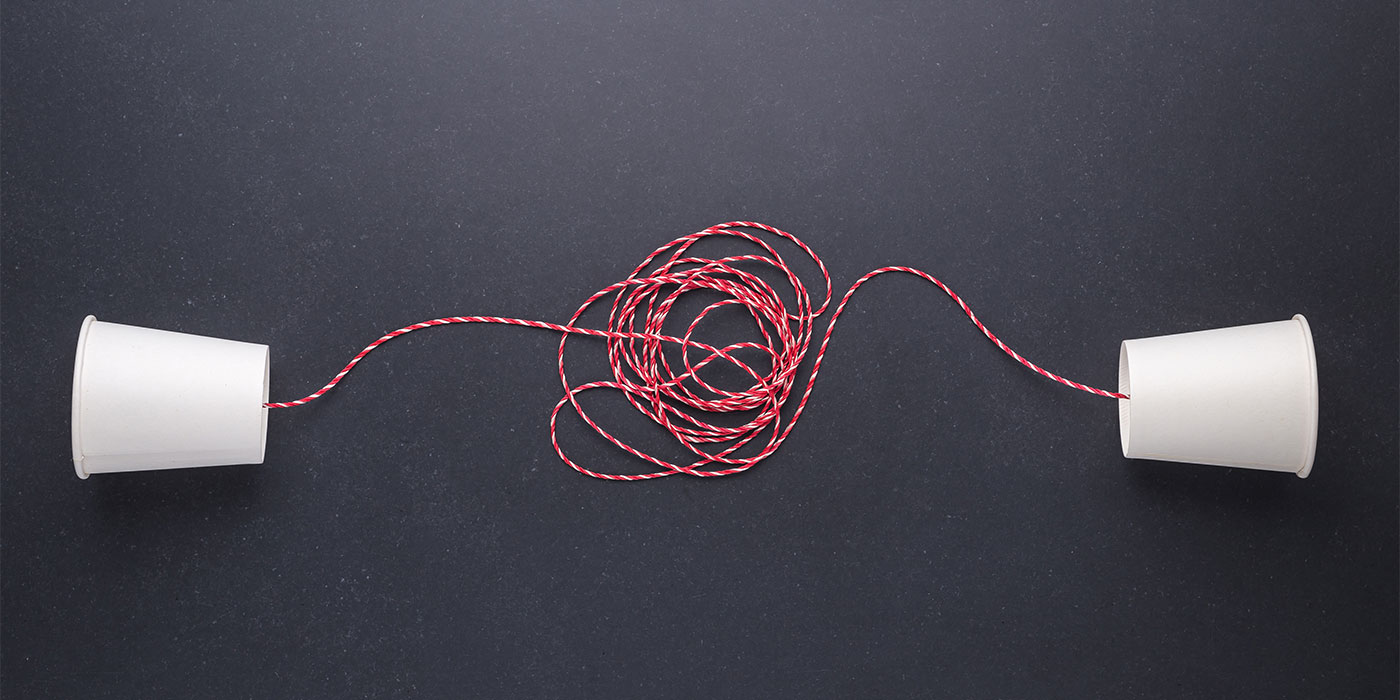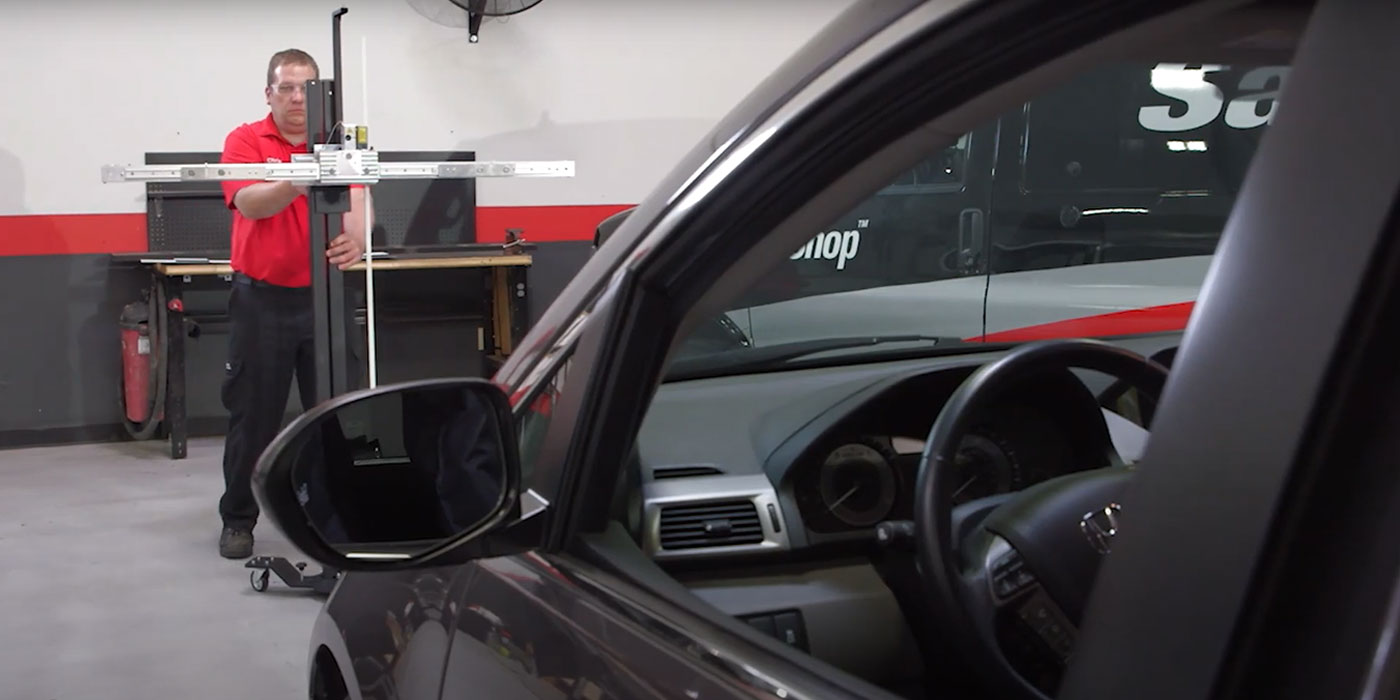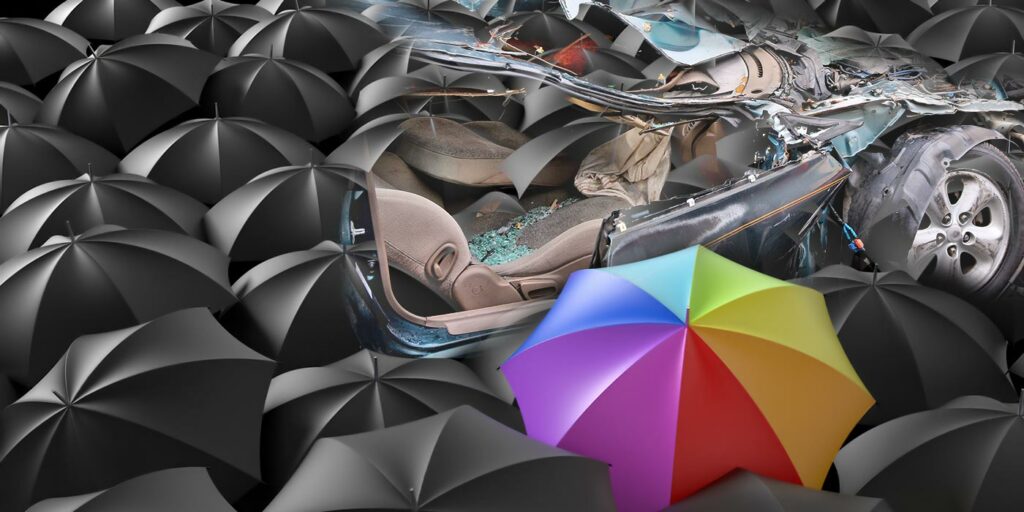What do other shops do about customers who are unreasonable? Once we have repaired a vehicle to the best of our human ability and the customer still nitpicks gaps, fit and finish, and other things that weren’t our doing, what else can you do? We try to reason with people. We compare other parts of the vehicle with them. We show them another vehicle with the same issues, but they reply, “My car wasn’t like that.” It gets worse and worse. How do you politely tell the customer to take a hike? On one particular vehicle, we manipulated each piece he was unhappy with and he’s still not satisfied. His insurance company even came out to reinspect the vehicle and shrugged their shoulders. Please share your experiences or advice.
Let me address your questions as posed:
- What do other shops do about customers that are very unreasonable? They begin to manage the customer’s expectations from the start. Are they perfect and avoid every situation? No. But they learn from the issues and develop processes, procedures and programs to avoid them as best as possible. Furthermore, there should be a caveat within your repair authorization excluding responsibility and liability for things such as batteries, radios, CD/MP3, alarms and other equipment and accessories that are found to be targets of unethical claims. This is where the old adage, “An ounce of prevention is worth a pound of cure” is most appropriate.
- Once we’ve repaired a vehicle to the best of our human ability and the customer still picks gaps, fit and finish, and other things that were not our doing, what else can you do? Each vehicle should be properly processed upon drop-off or upon repair authorization (for those vehicles towed in). Repairers should perform an “in-take inspection” and carefully go over the vehicle and identify any and all existing and non-loss related defects, dings, scratches, misalignments and other abnormalities that may become liabilities after the repair. This will include checking things like lights, horn and other operational components to ensure they’re functioning properly. If not, they should be noted in the work file and used to inform the customer before repair and as opportunities to upsell the repair while at the shop (plus offering services such as tire rotations, lube, oil and filter, transmission and/or differential service, brake and cooling fluid changes, and safety inspections). In addition, taking photos of the vehicle and its defects and damages and discussing them with the customer will serve to limit such accusations while gaining the customer’s respect for your effective and thorough way of operating your business. Instead of “buyer beware,” it’s seller beware. One prime example that causes many repairers grief is the mismatch in colors of front and rear bumper covers as they compare to their adjacent panels. I encourage repairers to take the time at the initial inspection (prior to repair) to make mention to the customer/prospect and point out the mismatch in the colors/shades and to make it as a matter of conversation while looking at the vehicle saying something like, ”Wow! Most rubber bumpers don’t exactly match their adjoining panels, but yours is quite off the mark. I think we can get the color closer, but since they’re painted off the vehicle and of a different composition, we cannot guarantee the color match. But, as I said, our painters are great, and I think we can get it significantly closer than it is.” This points out the difference that many consumers were unaware of beforehand and gives you the opportunity to brag on your staff while building confidence in the prospective customer. This may be a potential upsell if painting/blending an adjacent fender or quarter panel or vice versa.
- We reason with people. We compare other parts of the vehicle with them. We show them another vehicle with the same issues, yet they still say, “My car wasn’t like that.” If the issues are in regard to a claim for new damages, see above: the pre-intake inspection with photos can eliminate most of these situations and provide opportunities for added sales. If the issues are with the repair quality and not related pre-existing issues, then you likely missed the opportunity to address and resolve those concerns with the customer during the repair and before they became issues and/or before the customer found them themselves during delivery.
- It gets worse and worse. It likely won’t get any better until you effectively address the processes in your organization. As I often state, “As long as one does as they have always done…they will continue to get what they have always gotten.” Maybe it’s time to take stock in your current processes and make some changes to get the desired results you seek.
- How do you politely tell the customer to take a hike? You can avoid confrontations by being proactive and explain the true cause of the problem (defect, poor fit, gaps, etc.) and provide the customer avenues they can take to remedy the issue.
In summary, do what you can within reason to exceed the customer’s expectations. This can be accomplished by providing a thorough post-repair cleaning detail and/or lubricating all hinges, locks and such at no cost to the customer. Lubricating hinges, locks and latches takes only a few moments with minimal materials and often provides noticeable positive improvements. Few, if any, vehicles receive such maintenance, and few service providers offer it.














